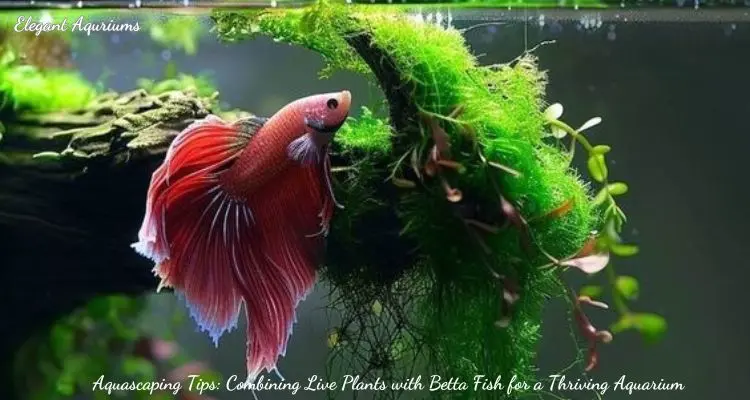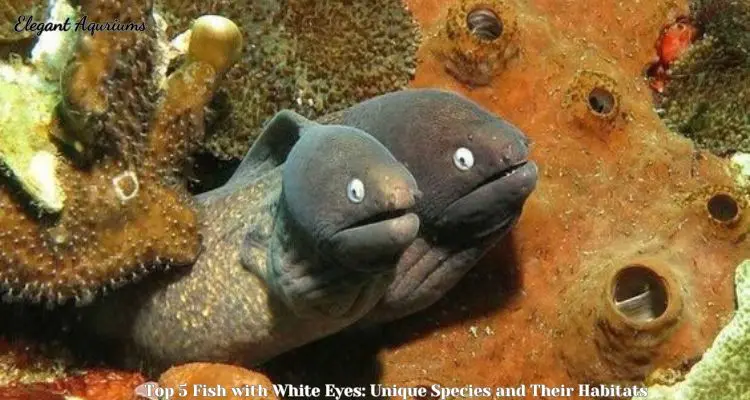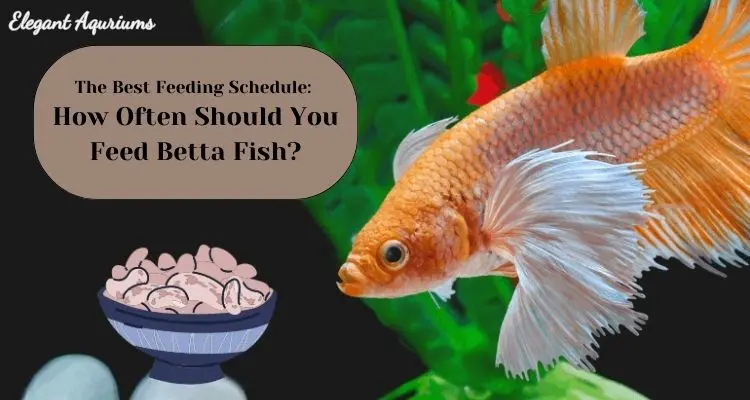Fish and fish varieties
Different Types of Betta Fish: A Complete Guide to Colors, Patterns, and Tail Types
Betta fish, also known as Siamese fighting fish, are one of the most popular and striking freshwater aquarium fish due to their vivid colors, flowing fins, and engaging personalities. With a wide range of different types of betta fish, they make a fascinating addition to any aquarium. This comprehensive guide explores the various betta fish types, from their colors, patterns, and tail shapes, to help you understand the diversity and beauty of these captivating creatures.
Overview of Betta Fish
Betta fish (Betta splendens) originated from the rice paddies, shallow ponds, and slow-moving streams of Southeast Asia, particularly Thailand, Cambodia, and Vietnam. Due to their unique ability to breathe air from the surface via their labyrinth organ, they can survive in low-oxygen waters. Over time, breeders have developed numerous varieties of betta fish, each with distinct colors, patterns, and tail shapes.
Characteristics of Betta Fish
- Labyrinth organ: This allows them to gulp air directly from the water’s surface, giving them the ability to live in environments with low oxygen levels.
- Aggressive nature: Male bettas are known for their territorial and aggressive behavior, especially toward other males.
- Lifespan: In optimal conditions, bettas can live for 3-5 years in captivity.
Betta fish come in a multitude of varieties based on color, fin shape, and patterns. Let’s dive into the different types of betta fish and explore their unique attributes.
Different Types of Betta Fish Based on Tail Shape

One of the most striking features of betta fish is their tail. Breeders have developed a wide range of tail shapes that can vary in length, size, and fin structure. Below are the most common tail types:
Veil Tail Betta
Veil tail bettas are perhaps the most recognizable type due to their long, flowing, and slightly downward-drooping tail. This tail type is quite common in pet stores because of its elegance and ease of breeding.
- Tail Shape: The tail is long and hangs down gracefully, resembling a veil or drape.
- Behavior: Veil tail bettas are generally more docile compared to other tail types.
Crown Tail Betta
Crown tail bettas have a distinctive, spiked appearance due to the fin rays extending beyond the edge of the fins. This gives the tail a crown-like look, making them stand out from other types.
- Tail Shape: The tail rays are extended, creating spiked edges with gaps between the rays.
- Popularity: Crown tails are highly sought after due to their unique and dramatic appearance.
Halfmoon Betta
The Halfmoon betta is one of the most visually stunning types, with a large, fan-like tail that opens to a 180-degree semicircle, resembling a half-moon.
- Tail Shape: The tail extends 180 degrees, forming a perfect “D” shape when fully flared.
- Breeding and Care: Halfmoon bettas can be more challenging to breed and care for due to the risk of fin damage and their delicate nature.
Delta Tail Betta
Delta tail bettas have a tail that fans out from the body, but unlike the Halfmoon, the spread is less than 180 degrees. The name “delta” comes from the triangular shape of the tail, similar to the Greek letter Δ.
- Tail Shape: The tail gradually widens from the body, with straight edges, forming a triangular or delta shape.
- Variations: The “super delta” is a variation with a tail spread that approaches 180 degrees but doesn’t fully reach the Halfmoon’s dimensions.
Double Tail Betta
As the name suggests, Double tail bettas have two distinct tails instead of one. This unique feature is caused by a genetic mutation that splits the tail fin in two separate lobes.
- Tail Shape: Two symmetrical tail fins are located side by side.
- Care: Double tail bettas tend to have a shorter body and are more prone to health issues, particularly related to their spine and swim bladder.
Plakat Betta
Plakat bettas are short-finned bettas, closely resembling their wild ancestors. Their short tails and fins make them more agile and less prone to fin damage than long-finned varieties.
- Tail Shape: The fins are much shorter and less elaborate compared to other betta types, giving them a more streamlined appearance.
- Aggression: Plakat bettas are known for being more aggressive, especially males, due to their close resemblance to wild bettas.
Rose Tail Betta
Rose tail bettas are a variation of the Halfmoon type, but with extra branching in the tail rays. This causes the fins to overlap and gives the appearance of rose petals.
- Tail Shape: The tail has excessive branching, creating a ruffled or rose-like appearance.
- Care: The beauty of Rose tail bettas comes at a cost, as they are prone to fin damage and often require more delicate care.
Betta Fish Based on Color Variations
Betta fish are available in nearly every color imaginable, thanks to selective breeding. Each color can appear in a solid form or combined with other shades and patterns. Some of the most common color types include:
Solid Color Betta Fish
Solid-colored bettas display a single, uniform color across their entire body and fins. Common solid colors include:
- Red: One of the most common and striking betta colors.
- Blue: Ranges from light steel blue to deep royal blue.
- White: Pure white bettas are rare and often considered albino.
Bi-Color Betta Fish
Bi-color bettas have a body of one color, while their fins display a different color. This two-toned effect is striking and can occur in a wide range of color combinations.
- Example: A betta with a black body and vibrant red fins.
Marble Betta Fish
Marble bettas have a mottled or splotchy appearance, with random patches of color scattered across their body and fins. One unique feature of marble bettas is their ability to change color over time, often dramatically.
- Color Pattern: Patches of different colors on both the body and fins.
- Uniqueness: No two marble bettas have the same pattern, making them highly unique.
Koi Betta Fish
Koi bettas are a type of marble betta that resemble the famous Japanese koi fish, with a mix of red, orange, black, and white colors.
- Color Pattern: Similar to the patterns found in koi fish, often with bright splashes of red and orange.
- Popularity: These bettas are becoming increasingly popular due to their striking resemblance to koi.
Dragon Scale Betta Fish
Dragon scale bettas are known for their thick, iridescent scales that resemble the armor of a dragon. Their scales often appear metallic, adding to their allure.
- Color Pattern: Typically have a metallic, armor-like appearance with contrasting colors on the body and fins.
- Care: These fish can be more prone to certain health issues, including blindness, due to the thickness of their scales around the eyes.
Betta Fish Based on Patterns
In addition to colors, betta fish also display a variety of patterns, which add another layer of complexity to their appearance. Below are some of the most common betta fish patterns:
Butterfly Betta Fish
Butterfly bettas are characterized by a distinct two-tone color pattern on their fins. The body is usually one solid color, while the fins fade into a lighter or translucent shade towards the edges, resembling a butterfly’s wings.
- Pattern: Sharp color contrast between the body and the edges of the fins.
- Color Examples: Blue body with white-tipped fins.
Cambodian Betta Fish
Cambodian bettas have a pale or flesh-colored body with brightly colored fins. This pattern is one of the oldest and most classic betta variations.
- Pattern: Light, almost translucent body with vibrant-colored fins.
- Color Examples: Pale body with red fins is a common combination.
Nemo Betta Fish
Nemo bettas are inspired by the popular clownfish, displaying bold, contrasting colors such as orange, black, and white in a striking pattern.
- Pattern: Bright and bold patches of contrasting colors.
- Popularity: Nemo bettas are highly prized for their eye-catching appearance.
Betta Fish Care and Maintenance
No matter what type of betta fish you choose, proper care is essential to keep them healthy and vibrant. Here are some key factors to consider:
- Tank Size: Bettas are often kept in small bowls, but they thrive better in larger tanks of at least 5 gallons, where they have room to swim.
- Water Conditions: Bettas prefer warm water between 76°F and 82°F. It’s important to maintain clean, well-filtered water to prevent disease.
- Diet: Bettas are carnivorous and require a protein-rich diet. High-quality betta pellets, live or frozen foods like brine shrimp, and bloodworms are excellent choices.
- Avoiding Aggression: Male bettas are highly territorial and should never be housed with other males. However, they can cohabitate with certain peaceful species like snails or small non-aggressive fish.











